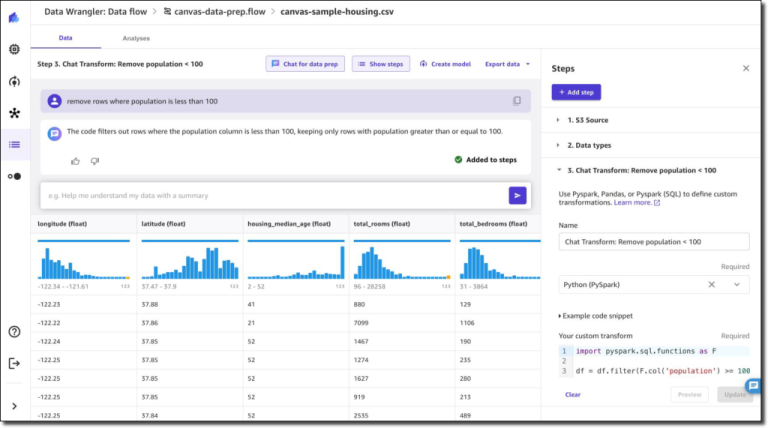Introduction
In the heart of the digital age, the way we interact, transact, and process information has been continuously morphing, paving the way for innovative solutions to antiquated problems. Two such innovative veins—Linux and Blockchain Technology—are not just advancing in parallel, but are synergistically fostering a decentralized digital frontier. Linux, a robust open-source operating system, epitomizes the spirit of community-driven innovation, while blockchain technology with its immutable, transparent, and decentralized nature is set to redefine trust in the digital domain. Together, their convergence is perceived as a catalyst propelling a new era of decentralized applications and solutions. This article endeavors to unpack the intricacies of how Linux and blockchain technology intertwine, creating a fertile ground for decentralized innovation.
Historical Context
The Linux Lineage
Tracing back to 1991, Linux emerged from the sparks of a hobbyist project by Linus Torvalds, metamorphosing over the decades into an enterprise-grade operating system. It’s not just an OS; it’s a movement that underscores the essence of open-source collaboration.
The Blockchain Breakthrough
The blockchain saga commenced with the inception of Bitcoin in 2009, by an anonymous entity known as Satoshi Nakamoto. Over time, the underlying technology burgeoned beyond cryptocurrency, heralding a new paradigm of decentralized applications (dApps).
The Open Source Movement
Both Linux and blockchain are prodigies of the open-source movement, an ethos that fosters innovation through collective intelligence, transparency, and shared ownership.
Technical Synergy
Linux: The Bedrock of Blockchain
Linux, known for its stability, security, and scalability, presents an ideal abode for blockchain development. Several blockchain projects like Hyperledger, Ethereum, and others find their roots embedded in Linux infrastructure, exemplifying the symbiotic rapport between the two.
Blockchain: The Decentralization Dynamo
Blockchain, with its decentralized ledger system, complements Linux’s open-source philosophy, offering a new framework for building trustless, autonomous systems.
Ecosystem Development
Community-driven Innovation
The collaboration between communities of Linux and blockchain aficionados has catalyzed a myriad of projects. The open forums, consortiums, and joint initiatives exemplify the cross-pollination of ideas and resources.
Industry Adoption
Various industries are pivoting towards Linux-based blockchain solutions to address challenges like supply chain transparency, identity management, and data integrity. Companies like IBM, ConsenSys, and others are at the forefront of this adoption, demonstrating the boundless potential of this convergence.
Regulatory Landscape
Regulatory Ruminations
As blockchain ventures into mainstream applications, regulatory bodies worldwide are crafting frameworks to ensure its safe and ethical deployment, a venture that also impacts Linux-based blockchain projects.
Future Frameworks
The discourse on future regulatory landscapes is ongoing, with potential to mold the trajectory of Linux and blockchain synergy.
Challenges and Opportunities
Navigating the Nexus
The alliance of Linux and blockchain, though promising, is laden with technical, ethical, and logistical challenges. The exploration for solutions continues, driven by a global community of developers, entrepreneurs, and visionaries.
Unveiling the Horizon
The potential for overcoming current technological limitations and unveiling new horizons is colossal. As Linux and blockchain continue to evolve, the prospects of their amalgamation hold promise for a decentralized, transparent, and equitable digital realm.
Conclusion
The digital symphony orchestrated by Linux and blockchain technology is not just a narrative of technological innovation but a testimony to the power of open-source, decentralized ethos in redefining the contours of digital interaction, trust, and innovation. The journey ahead, though laden with challenges, is bright with the promise of uncovering new dimensions of what we can achieve in a decentralized, digitally interconnected world.



